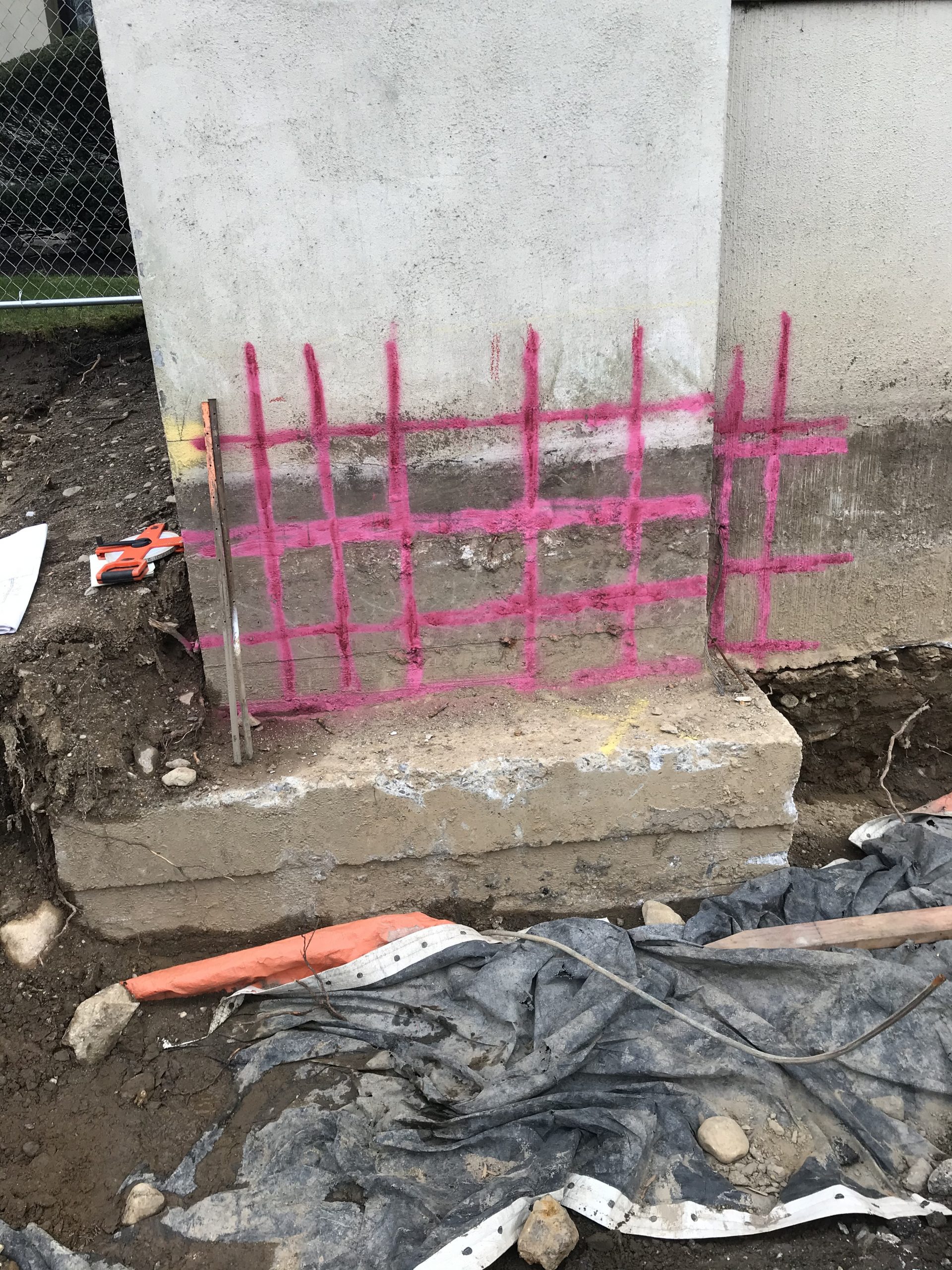Efficient Concrete Scanning Methods for Construction Jobs
Efficient Concrete Scanning Methods for Construction Jobs
Blog Article
Unveil the Transformative Power of Concrete Scanning in Maximizing Effectiveness and Safety
Concrete scanning has emerged as an important device in the building market, providing unparalleled benefits in improving project performance and ensuring safety standards. The transformative power of concrete scanning lies in its capability to offer real-time data and comprehensive insights, changing just how jobs are intended and performed.
Significance of Concrete Scanning
Ensuring the architectural integrity and security of building and construction projects starts with the essential action of conducting comprehensive concrete scanning. Concrete scanning is a non-destructive technique used to find and map subsurface elements within concrete frameworks.
The importance of concrete scanning can not be overstated, as it plays a vital duty in avoiding crashes, lessening job delays, and guaranteeing the lasting toughness of the construction. By determining possible risks before the building stage starts, home builders can apply suitable safety and security measures and make notified decisions relating to the layout and execution of the job. Furthermore, concrete scanning aids in maximizing task timelines and budget by preventing unforeseen prices and hold-ups that might emerge due to unexpected obstructions within the concrete. Eventually, spending in comprehensive concrete scanning is an aggressive strategy that enhances both efficiency and safety in construction jobs.
Exactly How Concrete Scanning Functions
Concrete scanning operates as an essential device in building tasks by employing advanced innovations to spot and map subsurface components without causing architectural damage. Ground Passing Through Radar (GPR) and Electromagnetic Induction (EMI) are two key methods utilized in concrete scanning.
Throughout the scanning process, the data gathered is assessed in real-time, permitting immediate recognition of possible hazards or challenges underneath the surface. By employing these advanced innovations, concrete scanning dramatically reduces the risk of expensive problems and injuries on building and construction websites.
Advantages of Concrete Scanning
Utilizing advanced scanning innovations in building jobs provides a wide range of advantages, improving both effectiveness and safety on-site. One of the primary advantages of concrete scanning is the ability to find and locate embedded things such as rebar, post-tension wires, and avenues properly. By recognizing these components prior to drilling or cutting into concrete structures, the threat of unintended strikes is significantly lowered, protecting against potential injuries to employees and damages to the structure itself. Concrete scanning assists in preparation and developing more properly, as it provides precise info about the area and depth of architectural elements.

Instance Research Studies: Concrete Scanning Success

In one more case, a building and construction firm made use of 3D concrete scanning to examine the condition old concrete frameworks in a historical structure. The detailed scans offered useful understandings into the level of wear and tear and aided prioritize maintenance efforts properly. By proactively addressing areas of worry identified with scanning, the business had the ability to expand the life-span of the framework and guarantee passenger safety and security.
These instance studies underscore the transformative power of concrete scanning in enhancing effectiveness, precision, and safety and security in construction projects.
Executing Concrete Scanning in Projects
Executing advanced scanning modern technologies during building tasks has come to be progressively necessary for improving accuracy and safety. By integrating concrete scanning into task preparation and implementation, building teams can recognize possible dangers, such as rebar or post-tension cords, hidden within concrete structures. This proactive approach minimizes the risk of crashes, hold-ups, my response and expensive rework, ultimately leading to a lot more efficient project timelines and spending plans.
To carry out concrete scanning efficiently, project supervisors must work together closely with seasoned scanning specialists to figure out one of the most appropriate scanning techniques for the details job requirements. Involving scanning professionals from the beginning of a task allows the group to produce comprehensive scanning plans that address crucial areas of problem and guarantee extensive data collection.
Furthermore, including concrete scanning into normal project operations can improve decision-making procedures, as real-time scan information offers prompt insights right into the condition of concrete frameworks - Concrete Scanning. This data-driven approach promotes informed analytical and enables teams to make changes immediately, fostering a culture of performance and safety throughout the job lifecycle

Conclusion
Finally, concrete scanning plays a critical role in improving performance and safety in building tasks. By making use of advanced technology to map and identify out underlying frameworks within concrete, this process helps to avoid pricey blunders, ensure structural integrity, and find out here lessen threats on website. With the capacity to reveal surprise components and supply exact information, concrete scanning proves to be a valuable tool for optimizing project end results and making best use of total success.
Concrete scanning is a non-destructive method made use of to detect and map subsurface elements within concrete frameworks. Furthermore, concrete scanning assists in enhancing job timelines and budget by staying clear of unexpected expenses and delays that may emerge due to unforeseen blockages within the concrete. One remarkable case study involves a large improvement task where concrete scanning played an essential role in making sure job success.In another case, a building and construction business utilized 3D concrete scanning to assess the condition of aging concrete frameworks in a historical building. By incorporating concrete scanning right into project preparation and execution, construction groups can determine potential dangers, such as rebar or post-tension cable televisions, hidden within concrete structures.
Report this page